Xavier Trepat
Group leader
Researchers discover how the intestinal epithelium folds and moves by measuring its forces
An international team led by Xavier Trepat at IBEC, with support from “La Caixa Foundation, measures the cellular forces in mini-intestines grown in the laboratory, deciphering how the inner wall of this vital organ folds and moves.
Mechanical forces, half of the alphabet to understand life
Xavier Trepat and international experts remind us in a piece published in the Journal Nature by science writer Amber Dance, the crucial role of physics in order to understand biological entities such cells and organs, both in health and disease. In words of Trepat: “Understanding a cell without physics is like trying to write a book with only half the letters of the alphabet”.
The study of physical forces in tumor progression
Xavier Trepat, leader of the IBEC “Integrative cell and tissue dynamics” group, is interviewed for the Big Vang section of La Vanguardia expaining his study to improve the diagnosis of tumor progression disease and to develop new drugs.
Bioengineering against cancer
Xavier Trepat and Pere Roca-Cusachs, group leaders at IBEC, appear on the journal “ABC” explaining their research project that they will carry out thanks to funding from “la Caixa” as part of the «Health Research Call ».
Cell Migration Virtual Seminars: Xavier Trepat
Mechanobiology of epithelial folding and migration in intestinal organoids Xavier Trepat, Integrative cell and tissue dynamics group More information here Registration here
Bioengineering against cancer: IBEC researchers receive funding from La Caixa
IBEC researchers Elena Martínez, Xavier Trepat and Pere Roca-Cusachs aim to understand the processes that promote metastasis in colorectal cancer using innovative bioengineering tools, such as bioprinting and microscopy capable of revealing forces at the cellular level.
The results will be translated into a device that will recreate the tumor environment from cancer cells derived from patients, as well as a new technology that will allow to visualize how physical forces affect the nuclei of metastatic cells.
How can we measure mechanical stress in living tissues?
A team of experts from the Institute for Bioengineering of Catalonia (IBEC) has published a review in the journal Nature Reviews Physics detailing the different techniques used to calculate mechanical stress in tissues, both in cell cultures and in vivo. Determining these mechanisms of mechanical stress is crucial to study processes linked to morphogenesis, homeostasis, and diseases such as cancer.
In order to work properly, living tissues need to continuously move, divide, reshape and perceive their microenvironment. In other words, they need to withstand certain mechanical stress derived from contact.
IBEC researchers explain “Durotaxis”, a cell migration mechanism with a potential role in several diseases
 Xavier Trepat, group leader of the “Integrative cell and tissue dynamics” at IBEC together with Raimon Sunyer, Senior researcher in Trepat’s lab, have written a Primer in Current Biology magazine on “Durotaxis”, a cell migration mechanism that might have a role in several disease states that include the stiffening of tissues.
Xavier Trepat, group leader of the “Integrative cell and tissue dynamics” at IBEC together with Raimon Sunyer, Senior researcher in Trepat’s lab, have written a Primer in Current Biology magazine on “Durotaxis”, a cell migration mechanism that might have a role in several disease states that include the stiffening of tissues.
Embryo development, tumour progression or the immune response against pathogens requires cell migration.

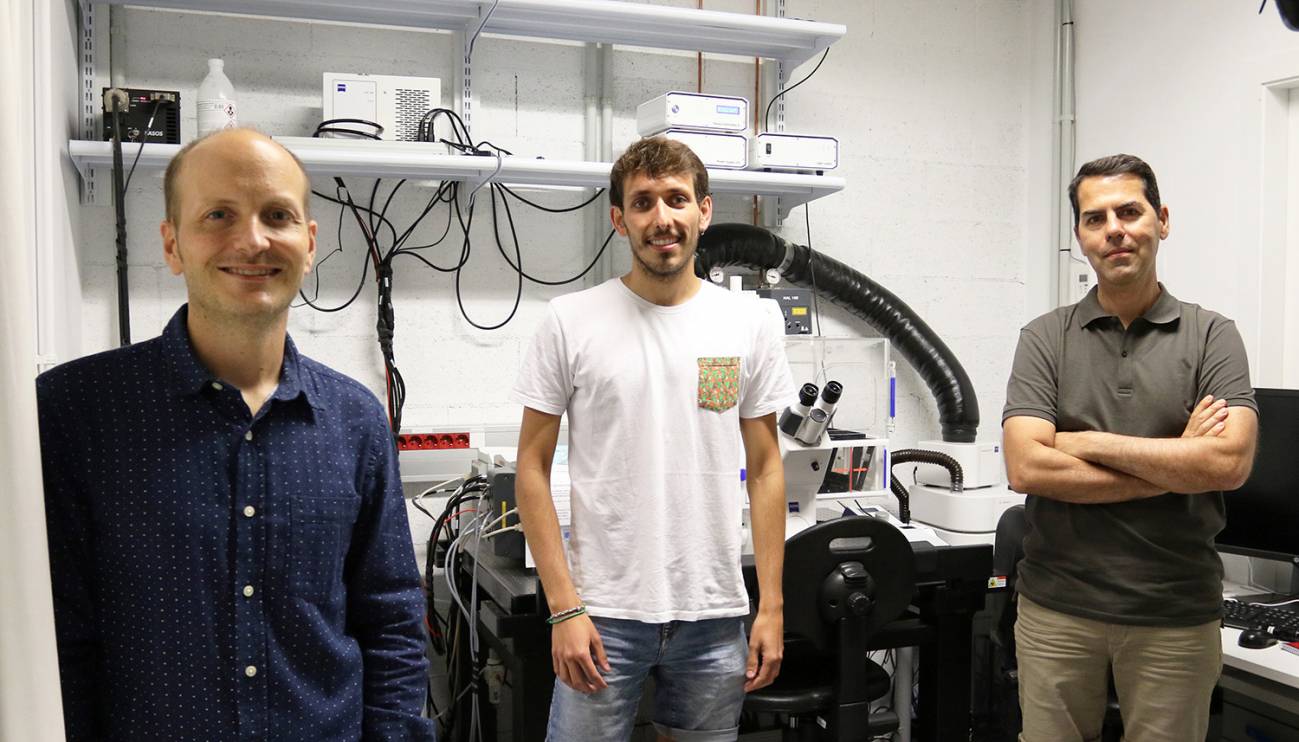

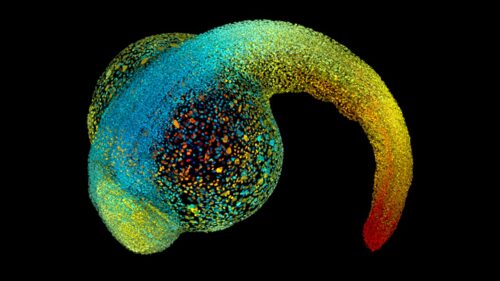
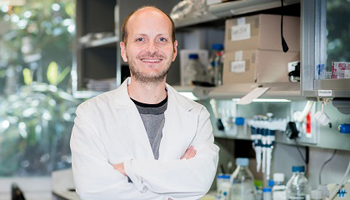
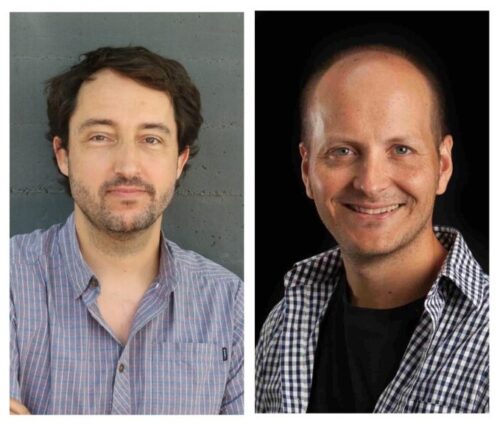
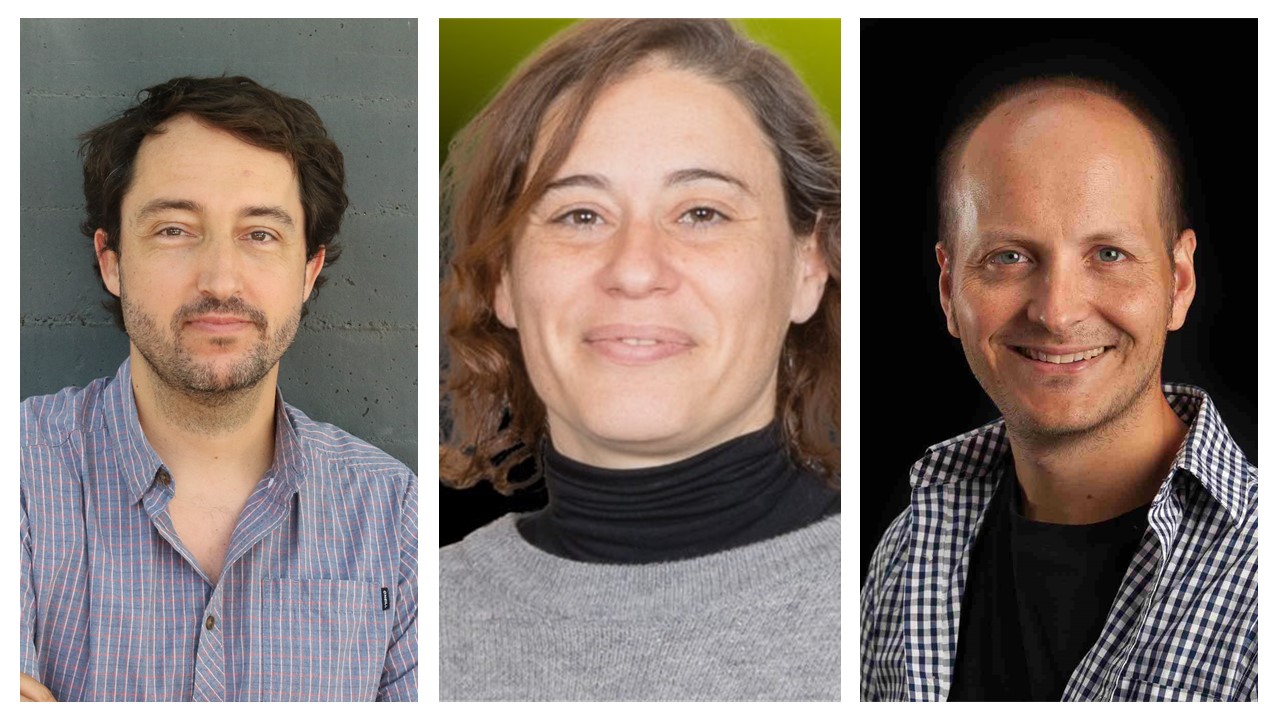

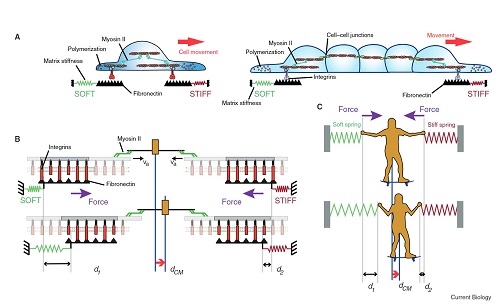
 Xavier Trepat, group leader of the “Integrative cell and tissue dynamics” at IBEC together with Raimon Sunyer, Senior researcher in Trepat’s lab, have written a Primer in Current Biology magazine on “Durotaxis”, a cell migration mechanism that might have a role in several disease states that include the stiffening of tissues.
Xavier Trepat, group leader of the “Integrative cell and tissue dynamics” at IBEC together with Raimon Sunyer, Senior researcher in Trepat’s lab, have written a Primer in Current Biology magazine on “Durotaxis”, a cell migration mechanism that might have a role in several disease states that include the stiffening of tissues.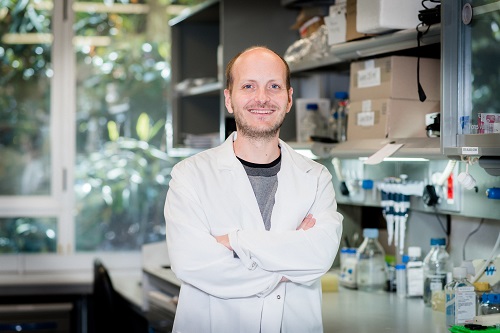
 Several media channels have reported this year’s European Research Council grants to various projects being undertaken in Catalonia. Among these projects is that of Xavier Trepat, group leader at IBEC.
Several media channels have reported this year’s European Research Council grants to various projects being undertaken in Catalonia. Among these projects is that of Xavier Trepat, group leader at IBEC.